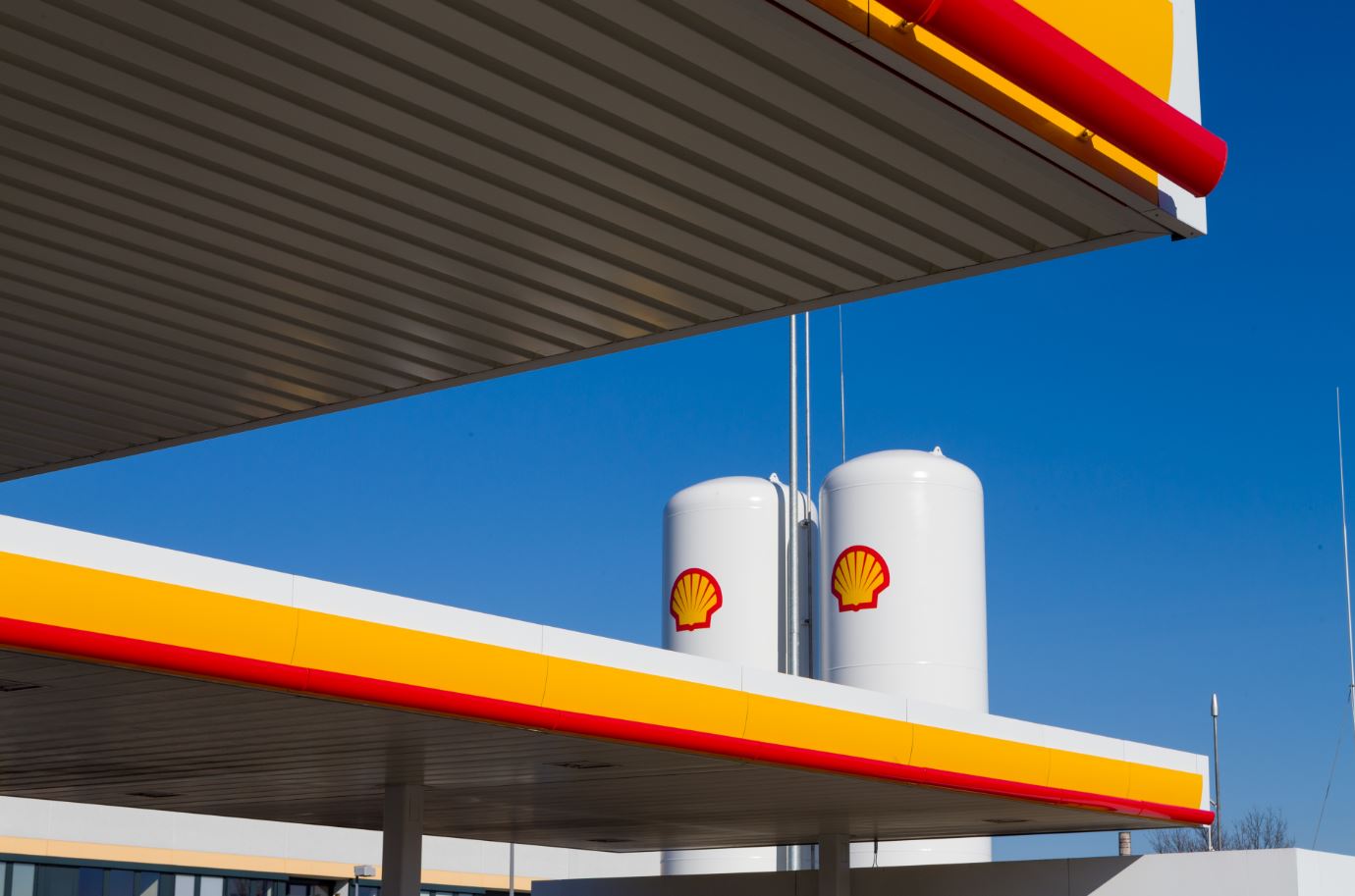LNG giant Shell is joining forces with GE Gas Power to reduce the carbon intensity of Shell’s LNG supply projects around the world by using hydrogen in gas turbines.
In that regard, GE Gas Power and Shell Global Solutions have signed a development agreement, according to a joint statement.
The largest source of emissions in an LNG facility stems from firing natural gas in the power generation and mechanical drive gas turbines, the statement said.
Therefore, one of the possible paths to decarbonize LNG production is to use hydrogen as a low carbon fuel in these engines, it said.
However, the source and nature of this fuel matters as well.
Shell’s blue hydrogen process is a technology that can deliver the “lowest carbon intensity fuel of its kind, with technologies and building blocks tested and commercially proven at a large scale,” the statement said.
Thw two firms will also work with Baker Hughes, who is exclusive distributor of certain heavy duty gas turbines and services in the oil and gas segment.
Together, the partners “can accelerate the deployment of pragmatic and impactful solutions towards high-hydrogen capabilities in these gas turbines fleets resulting in a significant reduction of carbon emissions and water utilization globally,” John Intile, VP, engineering at GE Gas Power, said in the statement.
100 percent hydrogen without water
GE’s B&E class heavy-duty gas turbines can already operate today on 100 percent hydrogen emitting up to 25ppm NOx with the use of water in diffusion combustors, according to the statement.
As part of this development agreement, GE is targeting gas turbine technology with the capability to operate on 100 percent hydrogen without the use of water while still maintaining NOx emissions.
GE said the new DLN combustor technology would become the backbone of new retrofittable system solutions for low-carbon operation of gas turbine while providing the reliability and availability required for LNG facilities.
Dry operation also represents “significant savings” in water use and conservation. Using DLN systems saves up to 32,000 liters of water per hour versus comparable alternatives, it said.
DLN combustors are more efficient and do not use water as a diluent, thus offering LNG operators the ability to lower carbon and conserve water in their operations, the statement said.
In future, the developments to the DLN combustion technology could be installed on either new or existing 6B or 7E gas turbines.
This would help reduce carbon emissions in industrial applications and LNG operations, particularly where water usage is challenging, the statement said.

